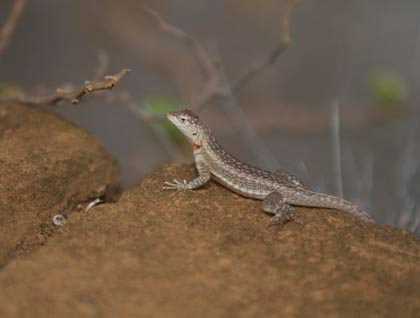At the beginning of the week, we had the opportunity to explore the youngest volcano in Galapagos, and today on our last full day, we had the chance to close our expedition in one of the oldest volcanos in Galapagos.
This fact is very important for the special flora and fauna of this archipelago. Even though for human beings thousands or millions of years are a lot, in geological terms they are just a fraction of time comparing with the age of our planet.
New volcanos in Galapagos are very barren and black, because the colonization of species is just taking process, and probably it will take a couple of million years before the entire island is colonized by outsiders. On the contrary, islands that have been exposed for a long period of time, have had more chances to be colonized by pioneer species.
For our guests, that was probably the highlight of the day, to close our week with such an interesting experience.
This morning we disembarked in a visitor site known as Punta Pitt. This trail has been made by running rain water during the rainy season. Even though Galapagos is very dry, there is still a bit of rain every year and over long periods of time, this is what happened. This area has one of the highest concentrations of red footed boobies in this part of the archipelago, after we spotted them, gliding, feeding, building a nest. Everybody felt like our mission was accomplished because we checked out the three species of boobies in Galapagos.
In our final outing in Galapagos, we snorkeled in a very famous site known as Kicker Rock. What an activity to finish our Galapagos expedition – swimming with turtles, sea lions and sharks.







